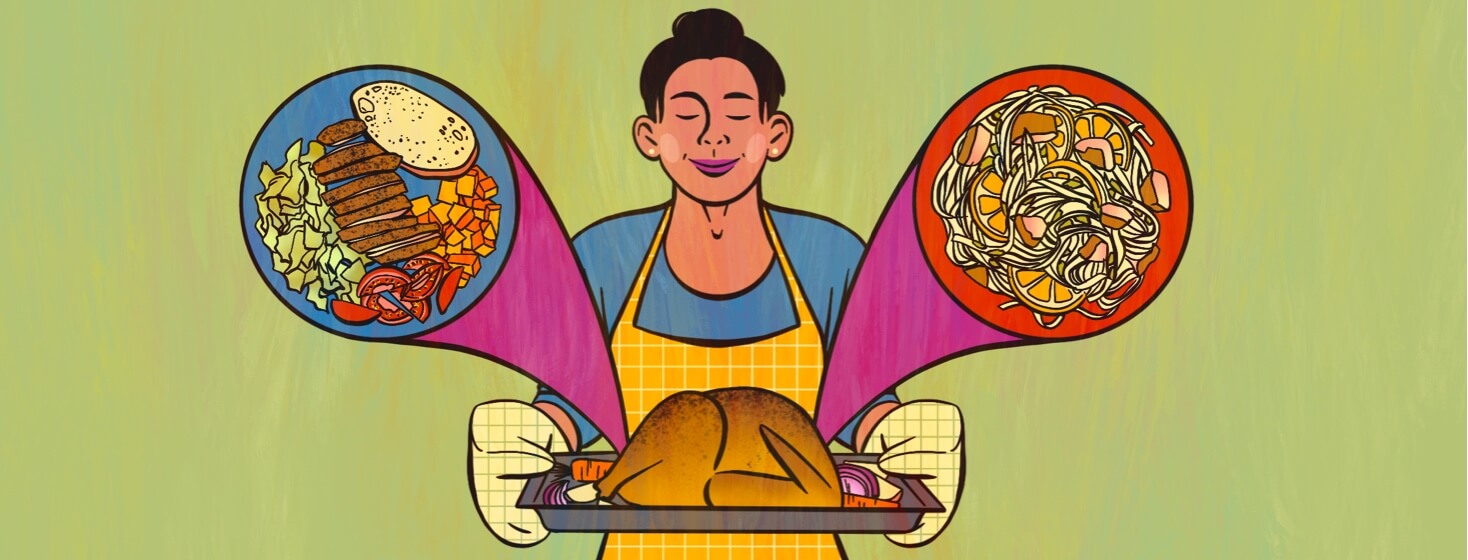Cooking Strategies for a Low-Sodium Diet
One of the things that was the biggest adjustment for me after my heart failure diagnosis was the amount of work it takes to eat a low-sodium diet.
Sodium is everywhere, especially if you eat takeout or any kind of pre-made food. So, the best thing for me to do was to stick exclusively to cooking at home. However, in addition to making everything at home, adhering to a low-sodium diet requires extra vigilance. It takes work to figure out recipes that use low-sodium ingredients and reading recipes carefully when at the grocery store.
Simple products like bread or tortilla wraps can have widely varying amounts of sodium. The thing that I have learned after living with heart failure for 4 years is that the more I can make from scratch, the better! As soon as I introduce pre-made food stuffs like bread, tortilla shells, cheese, and marinara sauce, just to name a few, it becomes harder to control the sodium levels in my food.
My point is that adhering to a low-sodium diet is a ton of work, especially for a condition where fatigue is a common symptom. Yours truly included. So, I am always on the lookout for ways to simplify my cooking, and I wanted to share a few recent ideas in case this helps others.
Use your kitchen gadgets!
First is embrace the tools! Anything that does the work for me is a win. I've come around to enjoying a slow cooker and even recently tried an Indian recipe where the 'paste' was made in a blender. No chopping required. If you are looking for cheap gadgets, check out your nearest Goodwill. I recently purchased a blender there for $10!
Reframe the way you think about cooking
My other idea is thinking about meal prep another way. Instead of meal prepping a meal, try about thinking about components that can be used in various ways. That way, you have food that lasts a few days, but you are not eating the same meal over and over again. Variety makes things more palpable and I feel less restricted even though I am on a restricted diet, especially when you consider also eating a heart smart diet overall.
Think about chicken that can be put in a salad, pasta, or even orzo salad. Don't forget about a sauce that can be used over rice, in a salad or for a deconstructed burrito bowl. Potatoes are a great option as well. Sweet potatoes and onion hash can be made with a scrambled egg in the morning, then put in a breakfast burrito wrap for dinner. Turkey meatballs can be put in pasta or a sandwich! The possibilities are endless and I think you get the idea. Think components, not meals.
I hope this helps! What methods have you found to stick to a low-sodium diet while also managing the workload involved in consistent home cooking?
Do you have a heart failure story? Click the button below to share with our community!

Join the conversation